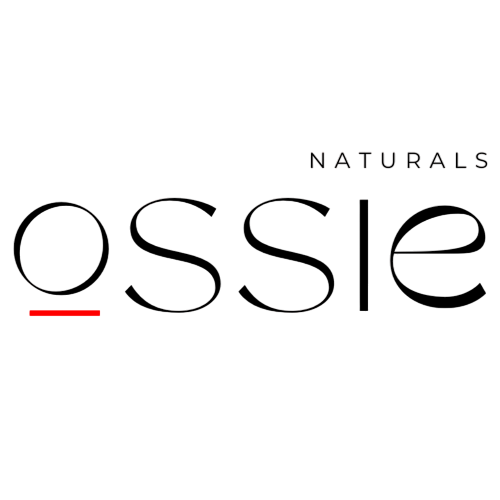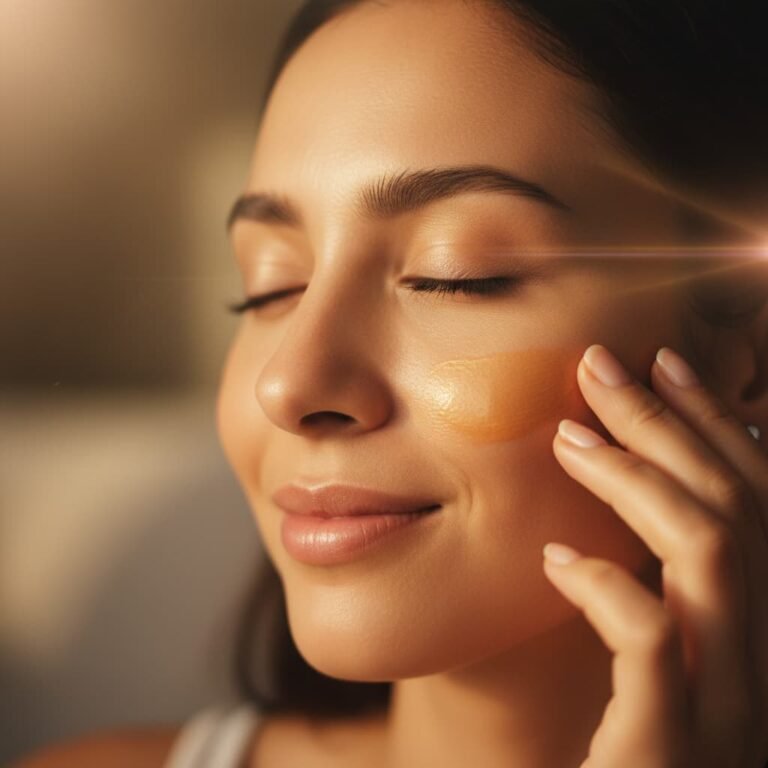Your Skin as a Mirror: How Internal Health Issues Manifest Through External Symptoms
The skin serves as the body's largest organ & most visible health indicator, reflecting internal imbalances: inflammation, irritation & persistent conditions
Your Skin as a Mirror

Your skin serves as your body’s largest organ and most visible health indicator, reflecting internal imbalances through specific patterns of inflammation, irritation, and persistent conditions. Understanding these skin-health connections empowers you to address root causes rather than merely treating surface symptoms, leading to more effective and lasting improvements in both skin appearance and overall well-being.
The intricate relationship between internal health and skin manifestation operates through multiple pathways: inflammatory responses, hormonal fluctuations, digestive dysfunction, and toxic overload, all express themselves through characteristic skin patterns. Recognising these connections allows you to decode what your skin is communicating about your internal health status and take targeted action to address underlying imbalances.
This knowledge transforms your approach to skincare from reactive treatment to proactive health management. Rather than simply applying topical solutions to skin problems, you learn to investigate and resolve the internal factors driving these external manifestations, creating sustainable improvements that address both symptoms and their underlying causes.
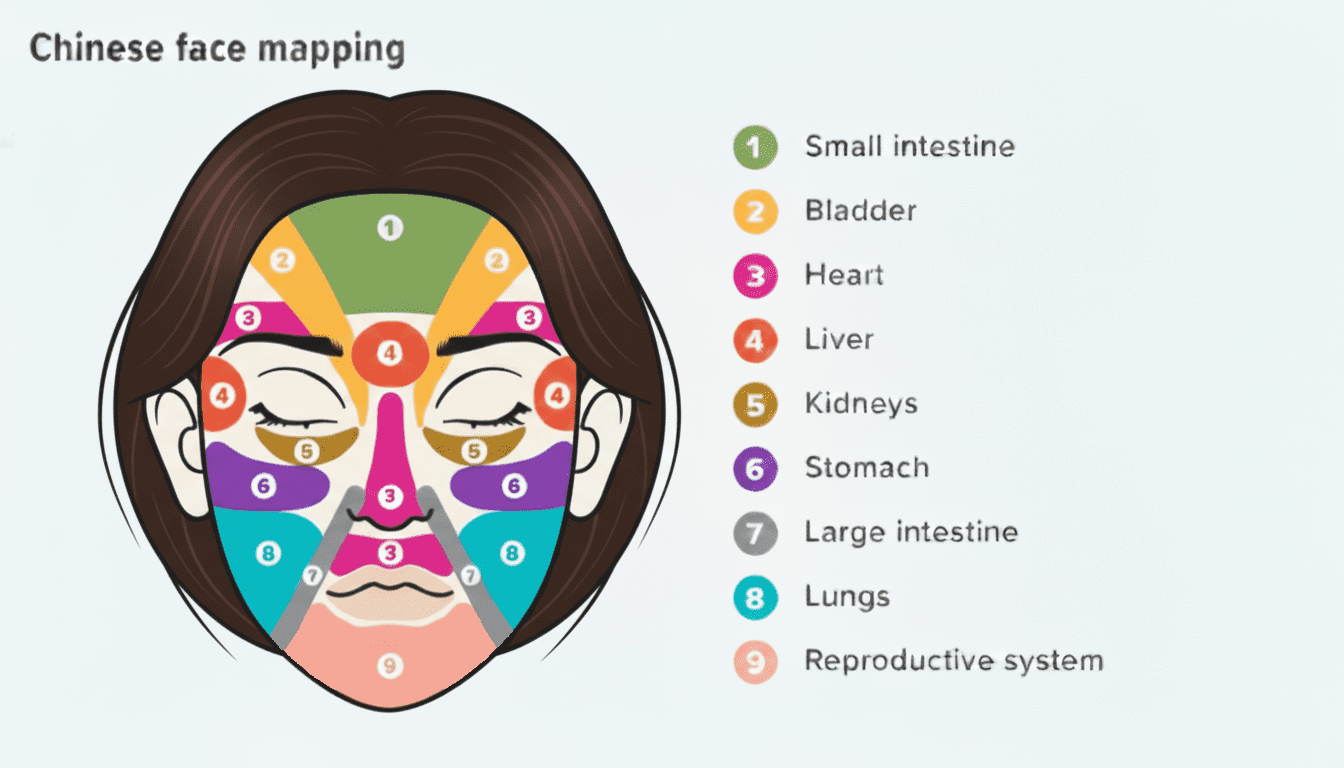
The Gut-Skin Connection: Digestive Health Reflected on Your Face
Stomach Issues and Cheek Inflammation
Chronic digestive dysfunction frequently manifests as persistent redness, inflammation, or visible tiny capillaries, also known as telangiectasias, across the cheek area, particularly the mid-cheek region, which corresponds to stomach health in traditional face mapping systems. This connection occurs because digestive inflammation triggers systemic inflammatory responses that affect the integrity of skin blood vessels and the production of inflammatory mediators.
When your stomach struggles with chronic irritation from food intolerances, bacterial overgrowth, or acid imbalance, inflammatory compounds enter your bloodstream and concentrate in areas where blood vessels lie close to the skin surface. The cheeks, with their rich capillary networks and thinner skin structure, become primary sites for this inflammatory expression.
The persistence of cheek redness often correlates directly with ongoing digestive irritation. Unlike temporary flushing from environmental factors, digestive-related cheek inflammation tends to remain constant or worsen over time until the underlying digestive trigger is identified and eliminated. This pattern helps distinguish between superficial skin irritation and deeper systemic inflammation requiring internal intervention.
Food Intolerance Patterns on Facial Skin
Different food intolerances create characteristic skin manifestation patterns that can help identify problematic dietary components. Dairy intolerance frequently expresses itself through persistent acne along the jawline and lower cheek areas, corresponding to hormonal and inflammatory responses triggered by casein and lactose sensitivity reactions.
Gluten sensitivity often manifests as inflammatory skin conditions around the mouth area, including perioral dermatitis, persistent dry patches, or small inflammatory bumps that resist typical acne treatments. This pattern reflects the systemic inflammatory response generated by gluten sensitivity, which affects skin barrier function and inflammatory mediator production.
Sugar intolerance and blood sugar dysregulation typically create skin manifestations characterised by dullness, premature ageing signs, and inflammatory conditions that worsen following high-glycemic meals. The skin may appear puffy, lose elasticity more rapidly, or develop persistent inflammatory conditions that correlate with blood sugar spikes and insulin resistance patterns.
Additionally, elevated glucose levels and pre-diabetic conditions frequently manifest as skin tags—small, soft growths that typically appear in areas where skin rubs against skin, such as the neck, armpits, or groin areas. These benign growths serve as early warning indicators of insulin resistance and metabolic dysfunction, often appearing before more serious diabetic complications develop. The presence of multiple skin tags, particularly when they appear suddenly or increase in number, warrants blood glucose evaluation and metabolic health assessment.
Digestive Dysfunction and Skin Barrier Compromise
Poor digestive health directly impacts skin barrier function through multiple mechanisms that affect your skin’s ability to maintain moisture, resist irritation, and repair damage effectively. Compromised gut barrier function, often called “leaky gut,” allows inflammatory compounds and incompletely digested food particles to enter your bloodstream, triggering immune responses that manifest as skin sensitivity, eczema, or persistent irritation.
Insufficient digestive enzyme production affects nutrient absorption crucial for skin health, particularly fat-soluble vitamins (A, D, E, K) and essential fatty acids that maintain skin barrier integrity. This nutritional deficiency manifests as dry, flaky skin that struggles to retain moisture and appears dull or prematurely aged despite adequate topical skincare.
Dysbiotic gut bacteria populations produce inflammatory compounds and fail to synthesise skin-supporting nutrients like biotin and certain B vitamins. This bacterial imbalance often correlates with skin conditions characterised by inflammation, poor healing capacity, and increased sensitivity to environmental irritants.
Toxic Overload: How Chemical Burden Expresses Through Skin
Liver Congestion and Facial Skin Patterns
Your liver’s detoxification capacity directly influences skin clarity and inflammatory patterns, with liver congestion typically manifesting through specific facial areas that correspond to hepatic function in traditional diagnostic systems. Persistent acne or inflammatory conditions between the eyebrows, forehead lines that appear prematurely, or a yellowish skin undertone may indicate compromised liver detoxification pathways.
When your liver becomes overwhelmed by toxic load from environmental chemicals, processed foods, medications, or alcohol, it struggles to process and eliminate these compounds effectively. Excess toxins then seek alternative elimination routes, including through your skin, creating inflammatory conditions, persistent breakouts, or skin that appears congested despite proper topical care.
Liver-related skin manifestations often worsen following exposure to additional toxic load, such as alcohol consumption, processed food intake, or chemical exposure from personal care products. This pattern helps distinguish liver-related skin issues from other inflammatory triggers and guides targeted detoxification support strategies.
Chemical Sensitivity and Widespread Skin Reactions
Exposure to harsh chemicals in skincare products, household cleaners, or environmental pollutants can create characteristic skin reaction patterns that help identify chemical sensitivity as an underlying factor. These reactions often present as small, persistent spots or bumps across large skin areas, particularly where chemical contact occurs most frequently.
Chemical sensitivity reactions typically appear as clusters of tiny inflammatory bumps that don’t respond to typical acne treatments and may worsen with increased product use. Unlike bacterial or hormonal acne, chemical sensitivity reactions often appear suddenly following the introduction of new products or increased exposure to environmental chemicals.
The distribution pattern of chemical sensitivity reactions provides clues about exposure sources. Reactions concentrated on hands and forearms may indicate contact with household chemicals or occupational irritants, whilst facial reactions often correlate with skincare or cosmetic product sensitivity. Full-body reactions suggest systemic chemical sensitivity or exposure to environmental pollutants affecting multiple body systems. These reactions can also result from skincare products containing harsh chemicals, synthetic fragrances, or aggressive preservatives that create widespread inflammatory responses and breakouts across multiple body areas.
Skincare-induced full-body reactions often present as sudden onset breakouts, persistent irritation, or inflammatory bumps that appear across areas where products have been applied, including the face, neck, chest, and other body areas. Unlike localised product reactions, these systemic responses indicate that the chemical load has overwhelmed your body’s ability to process and eliminate the offending substances, requiring complete elimination of problematic products and comprehensive detoxification support.
Product-Induced Skin Barrier Disruption
Overuse of harsh skincare ingredients or products containing synthetic fragrances, sulfates, or aggressive preservatives can create widespread skin barrier disruption that manifests as increased sensitivity, persistent dryness, or inflammatory conditions that worsen despite increased product use.
This pattern often presents as skin that initially improves with product use but gradually becomes more sensitive, requiring increasingly intensive treatments to maintain appearance. The skin may develop persistent redness, burning sensations, or reactive responses to previously tolerated products, indicating compromised barrier function from chemical overload.
Product-induced barrier disruption frequently creates a cycle where damaged skin appears to need more intensive treatment, leading to further barrier compromise and increased sensitivity. Breaking this cycle requires identifying and eliminating problematic ingredients whilst supporting natural barrier repair through gentle, targeted interventions.
Hormonal Imbalances: Skin as Hormonal Health Indicator
Stress Hormones and Skin Inflammation
Chronic stress elevation creates characteristic skin manifestation patterns through cortisol-mediated inflammatory pathways that affect skin healing, barrier function, and inflammatory response regulation. Stress-related skin conditions often present as persistent inflammation that worsens during high-stress periods and improves during relaxation phases.
Elevated cortisol levels suppress skin repair mechanisms, leading to slower healing of minor injuries, persistent inflammatory conditions, and increased susceptibility to environmental irritants. The skin may appear dull, develop premature ageing signs, or struggle to maintain healthy barrier function despite adequate topical care.
Stress-induced skin problems frequently correlate with sleep disruption, digestive dysfunction, and immune system compromise, creating multiple pathways for skin health deterioration. Addressing stress-related skin issues requires comprehensive stress management strategies rather than purely topical interventions.
Reproductive Hormone Fluctuations and Skin Patterns
Hormonal fluctuations related to menstrual cycles, perimenopause, or hormonal contraceptive use create predictable skin manifestation patterns that help identify hormonal influences on skin health. These patterns typically follow cyclical changes that correlate with specific hormonal phases or life transitions.
Estrogen dominance often manifests as skin that appears initially healthy but develops persistent inflammatory conditions, particularly around the jawline and chin areas. This pattern may worsen with synthetic hormone exposure from environmental sources or hormonal medications, indicating the need for hormonal balance support.
Androgen excess typically creates skin manifestations characterised by increased oil production, persistent acne, and hair growth changes that affect both facial and body areas. These patterns help distinguish hormonal acne from bacterial or environmental triggers and guide appropriate intervention strategies.
Nutritional Deficiencies: Skin Symptoms of Internal Depletion
Essential Fatty Acid Deficiency Patterns
Insufficient essential fatty acid intake creates characteristic skin manifestation patterns that reflect compromised skin barrier function and inflammatory response regulation. These deficiencies typically present as persistent dryness that doesn’t respond to topical moisturising, increased sensitivity to environmental irritants, and poor wound healing capacity.
Essential fatty acid deficiency often manifests as skin that appears dull, lacks elasticity, and develops fine lines prematurely despite adequate hydration attempts. The skin may feel rough or scaly, particularly on areas like elbows, knees, or heels, where barrier function is naturally more challenged.
Inflammatory skin conditions like eczema, psoriasis, or persistent dermatitis often correlate with essential fatty acid imbalances, particularly omega-3 deficiency relative to omega-6 intake. These conditions typically improve with targeted essential fatty acid supplementation and dietary modifications that restore optimal fatty acid ratios.
Vitamin and Mineral Deficiency Indicators
Specific vitamin and mineral deficiencies create recognisable skin manifestation patterns that help identify nutritional gaps requiring targeted intervention. Vitamin C deficiency manifests as poor wound healing, easy bruising, and skin that appears dull or develops petechial haemorrhages under minor pressure.
Zinc deficiency typically presents as persistent inflammatory conditions, poor wound healing, and increased susceptibility to bacterial or fungal skin infections. The skin may appear pale, develop white spots on fingernails, or struggle to maintain healthy barrier function despite adequate topical care.
B-vitamin deficiencies create various skin manifestation patterns, with B12 deficiency often presenting as hyperpigmentation or vitiligo-like patches, whilst biotin deficiency manifests as persistent dermatitis, hair loss, or skin that appears scaly and inflamed around facial orifices.
Practical Assessment: Reading Your Skin's Health Messages
Skin Mapping for Internal Health Assessment
Traditional face mapping systems provide frameworks for correlating specific facial areas with internal organ systems, helping you identify potential connections between skin manifestations and internal health imbalances. The forehead area often reflects digestive health, particularly small intestine function, whilst the cheek areas correspond to stomach and lung health patterns.
The chin and jawline areas frequently reflect reproductive hormone balance and large intestine health, with persistent acne in these areas often indicating hormonal imbalances or digestive dysfunction affecting elimination pathways. The area around the eyes may reflect kidney and adrenal function, with puffiness, dark circles, or persistent inflammation indicating fluid balance or stress hormone imbalances.
Whilst face mapping shouldn’t replace professional medical evaluation, these patterns provide valuable clues about potential internal factors contributing to persistent skin conditions that don’t respond adequately to topical treatments alone.
Timing Pattern Analysis
Observing when skin conditions worsen or improve provides crucial information about potential triggers and underlying causes. Skin reactions that correlate with menstrual cycles suggest hormonal influences requiring hormone balance support rather than purely topical interventions.
Digestive-related skin conditions often worsen following meals containing trigger foods, with reactions appearing 12-48 hours after consumption. Keeping a food and skin symptom diary helps identify these delayed reaction patterns that might otherwise go unnoticed.
Stress-related skin conditions typically worsen during high-stress periods and improve during relaxation phases, holidays, or following stress management interventions. Chemical sensitivity reactions often appear suddenly following the introduction of new products or environmental exposures, helping distinguish these triggers from other inflammatory causes.
Holistic Intervention Strategies: Addressing Root Causes

Elimination Diet Protocols
Systematic elimination diets provide the most reliable method for identifying food triggers contributing to persistent skin conditions. Begin by eliminating common inflammatory foods (dairy, gluten, sugar, processed foods) for 3-4 weeks whilst monitoring skin changes and overall symptom patterns.
Reintroduce eliminated foods one at a time, maintaining 3-4 days between reintroductions to observe delayed reaction patterns. Monitor not only skin changes but also digestive symptoms, energy levels, and inflammatory markers that might indicate systemic reactions affecting skin health.
Document all changes in a detailed food and symptom diary, noting timing patterns, severity levels, and duration of reactions. This documentation helps identify subtle patterns that might be missed through casual observation and provides valuable information for healthcare providers if professional support becomes necessary.
Digestive Health Restoration
Supporting digestive health through targeted interventions often produces significant improvements in skin conditions that have internal inflammatory components. Begin with gentle digestive support measures like digestive enzymes with meals, probiotic supplementation, and elimination of known digestive irritants.
Consider comprehensive stool testing to identify specific bacterial imbalances, digestive enzyme deficiencies, or inflammatory markers that might be contributing to skin manifestations. This testing provides targeted information for addressing specific digestive dysfunction patterns rather than using general approaches.
Implement gut-healing protocols that include anti-inflammatory foods, bone broth for gut lining support, and prebiotic foods that support beneficial bacterial populations. Monitor both digestive symptoms and skin changes to assess intervention effectiveness and adjust protocols as needed.
Stress Management and Cortisol Regulation
Chronic stress significantly impacts skin health through elevated cortisol levels that disrupt natural repair processes, compromise barrier function, and trigger inflammatory responses that manifest as various skin concerns. Understanding this stress-skin connection empowers targeted interventions that address both immediate symptoms and underlying causes.
Cortisol dysregulation affects skin health through multiple pathways, including impaired collagen synthesis, disrupted cellular renewal, compromised immune function, and increased inflammatory mediator production. These effects create cycles where stress-induced skin problems generate additional stress, perpetuating the very conditions that caused initial concerns.
Implement evidence-based stress reduction techniques, including mindfulness meditation, deep breathing exercises, regular physical activity, and adequate sleep hygiene that directly impact cortisol regulation whilst supporting overall skin health. These interventions provide dual benefits of improved stress resilience and enhanced skin function.
Mindfulness and Meditation Practices
Regular mindfulness practice produces measurable reductions in stress hormones whilst activating the parasympathetic nervous system that supports optimal skin repair and renewal processes. Even brief daily meditation sessions can produce significant improvements in both stress levels and skin health markers.
Progressive muscle relaxation, guided imagery, and breathing-focused meditation techniques provide accessible entry points for stress management that require no special equipment or extensive training. These practices can be integrated into existing routines without disrupting daily schedules, whilst providing cumulative benefits that build over time.
Mindful skincare application transforms routine product use into a meditative practice that provides stress relief whilst enhancing treatment effectiveness through improved focus and relaxation. This dual-purpose approach maximises the time investment in skincare whilst addressing stress-related skin concerns simultaneously.
Sleep Optimisation for Skin Repair
Quality sleep provides the foundation for optimal skin repair through growth hormone production, cellular regeneration, and stress hormone regulation that occur during deep sleep phases. Sleep disruption directly impacts skin health through multiple pathways that affect both appearance and function.
Sleep hygiene practices, including consistent bedtimes, optimal room temperature, darkness, and pre-sleep routines, create conditions that support both sleep quality and skin repair processes. These environmental modifications often produce dramatic improvements in both sleep satisfaction and morning skin appearance.
Address sleep disruptors, including blue light exposure, caffeine timing, irregular schedules, and stress-related rumination, through targeted interventions that support natural circadian rhythms. Monitor both sleep quality and skin changes to assess the effectiveness of sleep optimisation efforts whilst making adjustments based on individual response patterns.
Physical Activity and Circulation Enhancement
Regular exercise supports skin health through improved circulation, enhanced lymphatic drainage, stress hormone regulation, and increased production of beneficial compounds that support cellular repair and renewal. The key lies in finding sustainable activities that provide consistent benefits without creating additional stress.
Moderate cardiovascular exercise enhances blood flow that delivers nutrients to skin cells whilst removing metabolic waste products that can contribute to inflammatory skin conditions. This improved circulation creates the optimal internal environment for skin health whilst supporting the effectiveness of topical treatments.
Yoga, tai chi, and gentle stretching provide stress reduction benefits alongside improved circulation, making them particularly valuable for addressing stress-related skin concerns. These mind-body practices offer comprehensive benefits that address both physical and psychological factors affecting skin health.
Toxic Load Reduction
Systematically reduce chemical exposure from personal care products, household cleaners, and environmental sources whilst supporting natural detoxification pathways through liver-supporting foods and lifestyle practices. Replace harsh chemical products with gentler alternatives and observe skin response patterns over 4-6 weeks.
Support natural detoxification through adequate hydration, regular movement, sauna therapy, and foods that support liver function, like cruciferous vegetables, sulfur-rich foods, and antioxidant-rich plant foods. Monitor energy levels, skin clarity, and overall well-being as indicators of detoxification effectiveness.
Consider working with healthcare providers experienced in environmental medicine if chemical sensitivity appears severe or widespread, as professional guidance may be necessary for safe and effective detoxification protocols.
Conclusion: Your Skin as Your Comprehensive Wellness Guide
Understanding your skin as a reflection of internal health transforms your relationship with skin conditions from frustrating cosmetic concerns to valuable health information that guides targeted intervention strategies addressing mind, body, and environmental factors. This holistic perspective empowers you to address root causes through comprehensive approaches that create lasting improvements in both skin appearance and overall wellness.
Your skin’s communication about internal imbalances—whether from dietary triggers, stress patterns, digestive dysfunction, or toxic overload—provides early warning signals that allow proactive health management before more serious conditions develop. By learning to read these signals accurately whilst implementing targeted stress management and lifestyle interventions, you become an active participant in your health maintenance rather than a passive recipient of treatments that address only surface manifestations.
The journey of understanding skin-health connections requires patience, observation skills, and a willingness to address the interconnected lifestyle factors, including stress management, sleep optimisation, digestive health, and environmental exposures that contribute to internal imbalances. This comprehensive approach typically produces more sustainable results than purely topical interventions, whilst improving overall health, stress resilience, and vitality alongside skin appearance.
The integration of stress management techniques, mindfulness practices, and holistic intervention strategies creates synergistic effects where improvements in one area enhance benefits in others. Stress reduction supports digestive health, which improves nutrient absorption, which enhances skin repair capacity, whilst better skin health reduces stress and creates positive feedback loops that amplify overall wellness outcomes.
Begin implementing these assessment and intervention strategies immediately, starting with the areas that resonate most strongly with your current skin patterns and health concerns. Whether addressing dietary triggers through elimination protocols, supporting digestive health through targeted interventions, managing stress through mindfulness practices, or reducing toxic load through environmental modifications, your skin’s messages provide valuable guidance for creating comprehensive, effective interventions.
Your approach should integrate multiple intervention strategies rather than focusing on isolated solutions, recognising that skin health reflects the complex interplay between internal health, stress levels, environmental factors, and lifestyle choices. This multifaceted understanding enables more effective, sustainable improvements that address the whole person rather than isolated symptoms.
Remember that persistent or severe skin conditions may require professional medical evaluation to rule out underlying conditions requiring specific treatment. Use this information as a complement to, not a replacement for, appropriate medical care when dealing with concerning or persistent health symptoms. Healthcare providers experienced in integrative approaches can provide valuable guidance for combining conventional treatments with holistic intervention strategies for optimal outcomes.
The ultimate goal extends beyond achieving clear, healthy skin to creating comprehensive wellness that supports lifelong vitality, stress resilience, and the confidence that comes from understanding and caring for your body as an integrated system. Your skin serves as both a mirror and a guide on this journey toward optimal health and authentic, sustainable beauty that radiates from comprehensive wellness.
Support Your Skin
Our natural product collection at Ossie Naturals is formulated specifically to support your skin’s natural adaptive processes. Each product provides the building blocks your skin needs, from barrier-supporting lipids to adaptive antioxidants.
We don’t believe in dramatic seasonal routine overhauls or aggressive treatments that fight against your skin’s natural processes. Instead, our approach focuses on gentle, consistent support that works with your skin’s intelligence rather than against it.
Join our private community on Facebook or join our Newsletter for access to seasonal transition guides, ingredient education, and products specifically formulated to support your skin through changes because your skin’s adaptive intelligence deserves support, not interference.
Performance‑led, nutrient‑rich compositions
Our House Collection
Calendula Balm - Original™
Restorative and Calming Concentrate
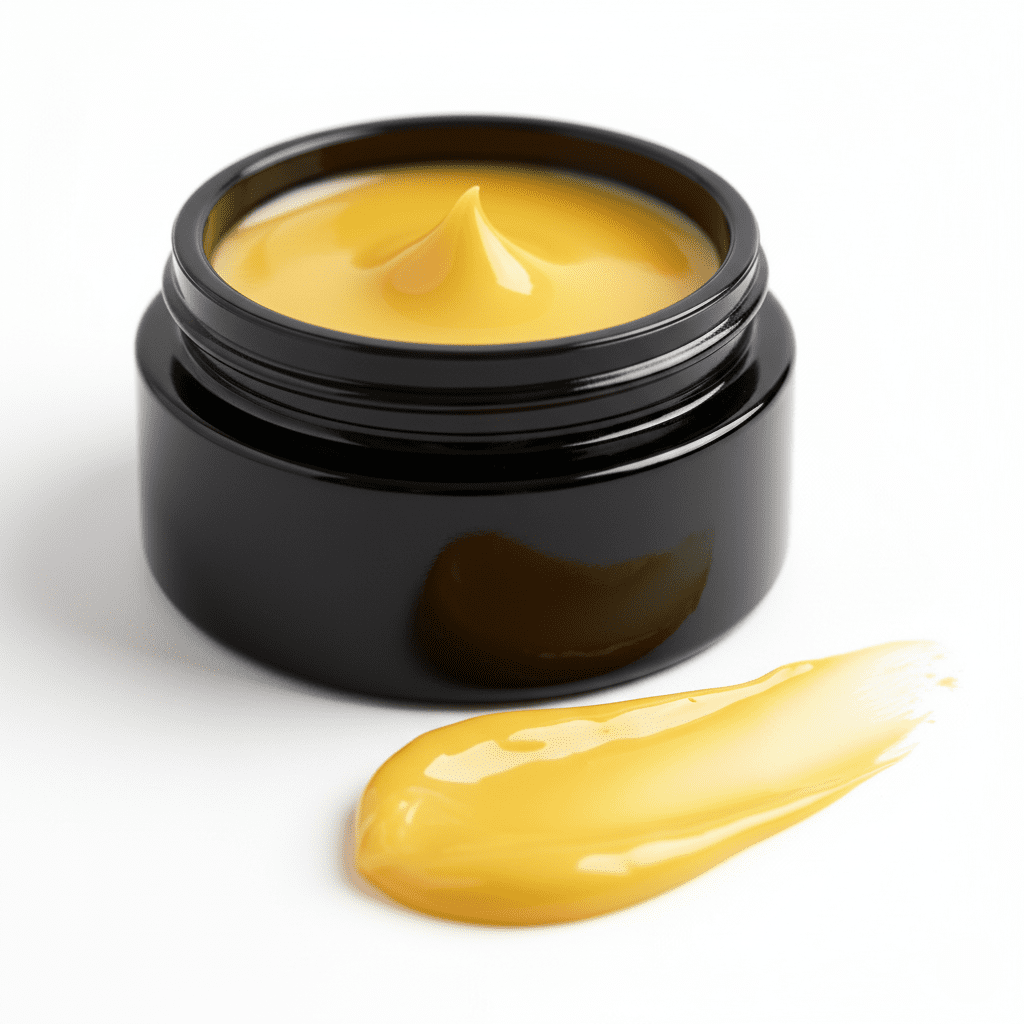
Azure Tansy
Balm™
Intensive Repair and Protection Complex
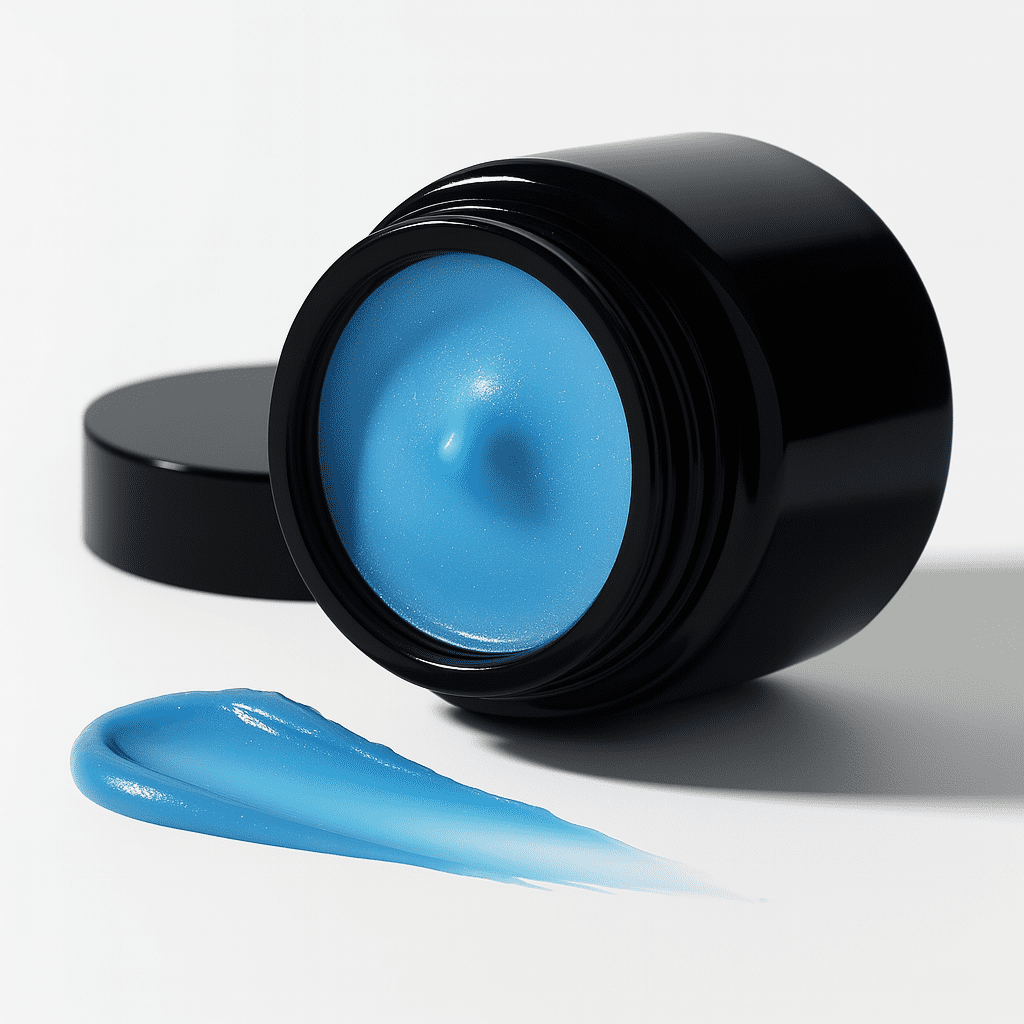
TerraPure - Original Deodorant
Powerful protection, naturally
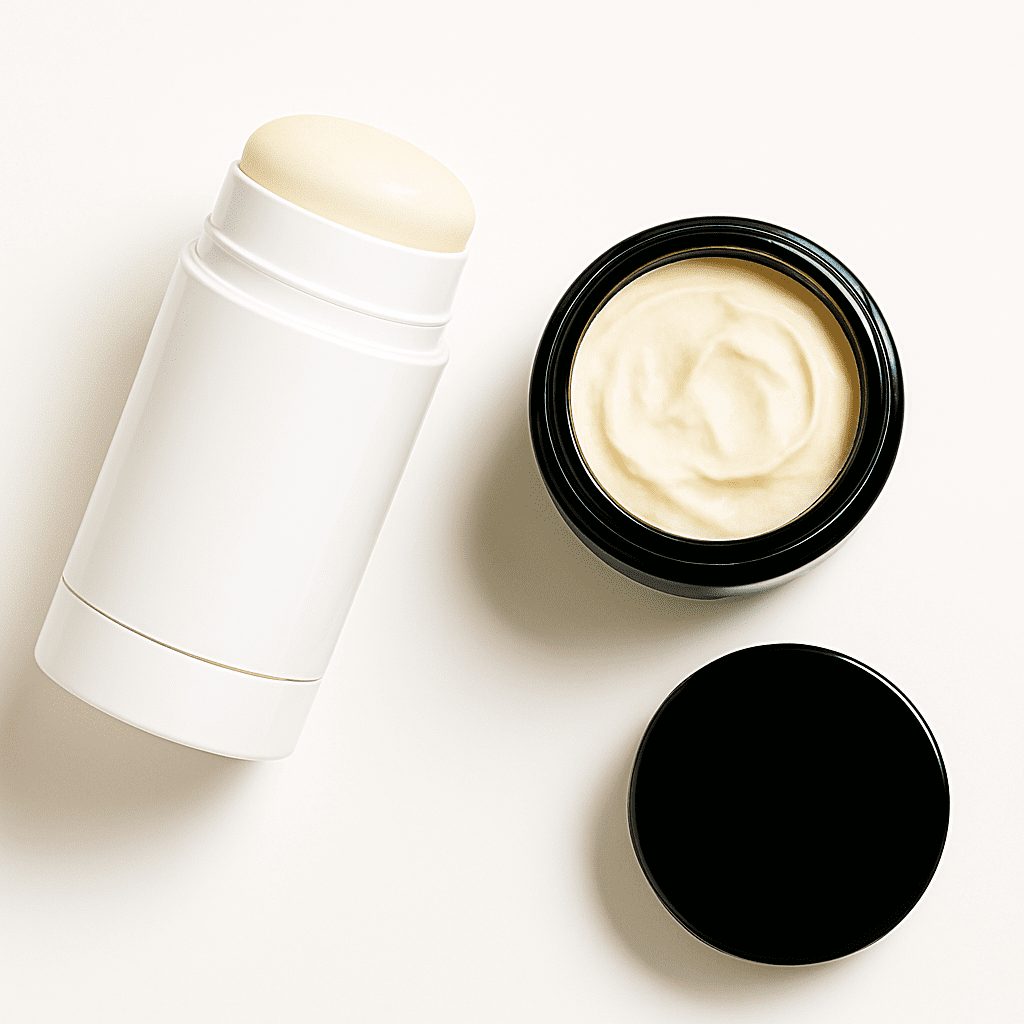
Restorative Phyto‑Serum Oil™
Renewal and Balance. Visible transformation in every drop
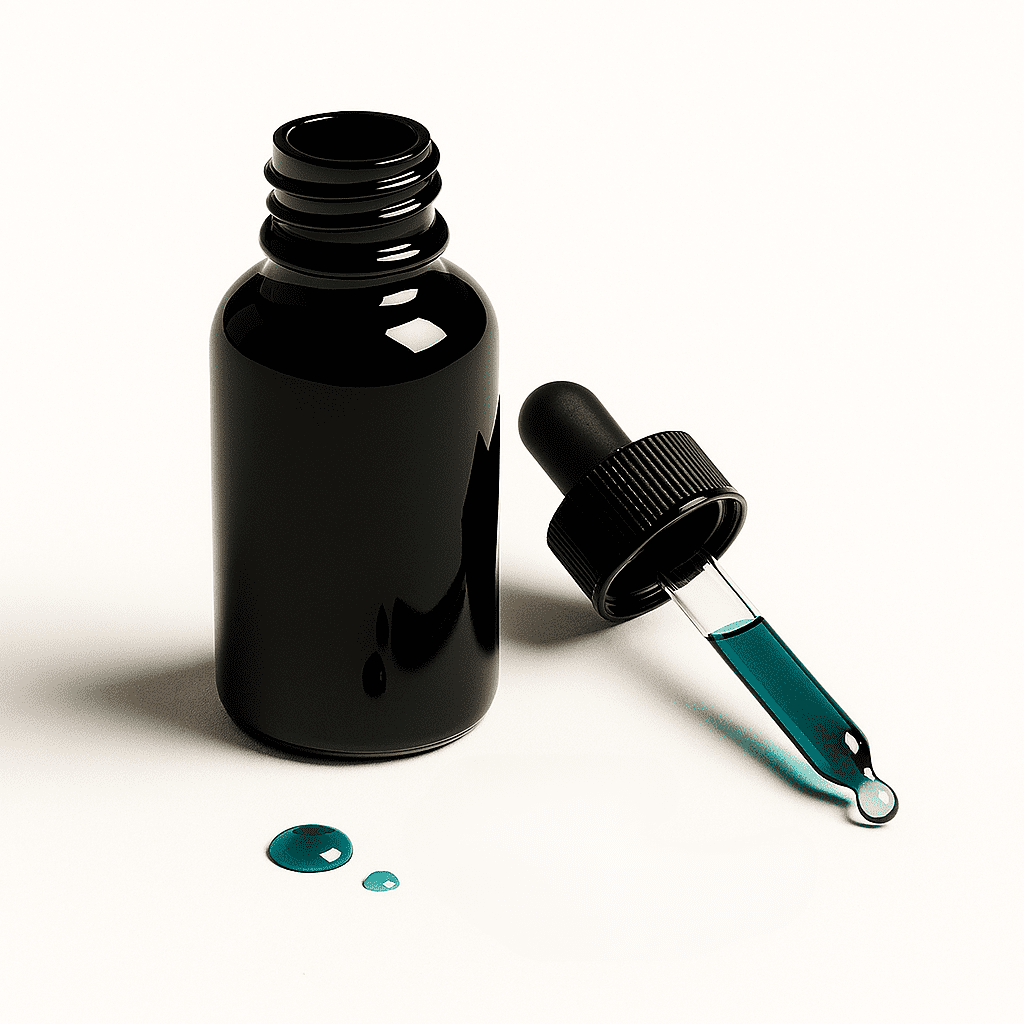
We empower your skin to thrive.
Sign Up Newsletter
Ready to invest in your skin’s future with the finest natural ingredients? Explore our collections or join our community for expert tips and exclusive access.
We value your trust when sharing your personal data with us. We always treat your data in a fair and respectful manner, limited to the purpose mentioned above. If you would like to know more about how we handle your data, please read our Privacy Policy.
